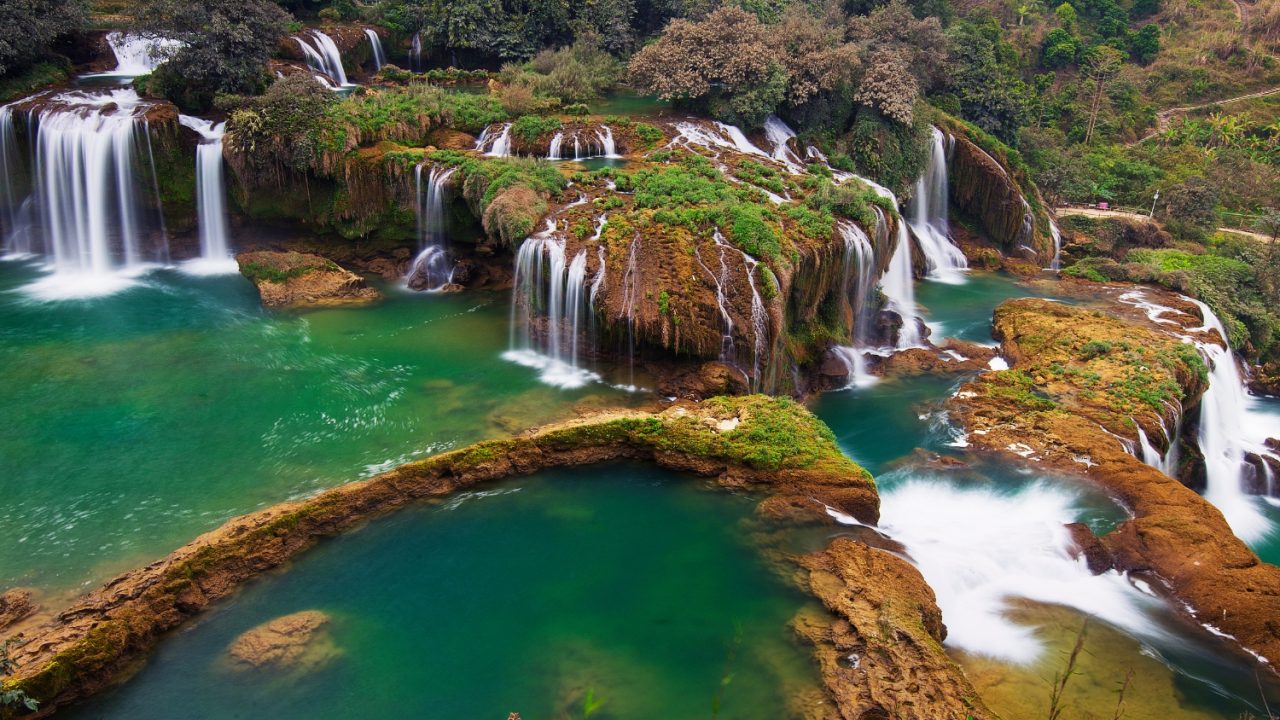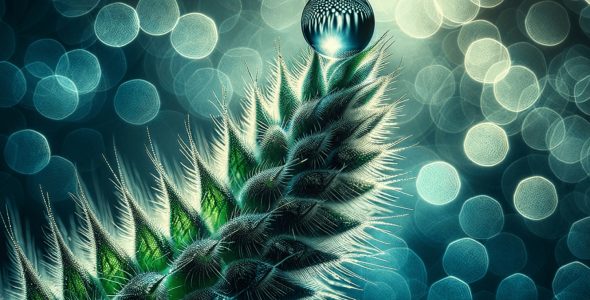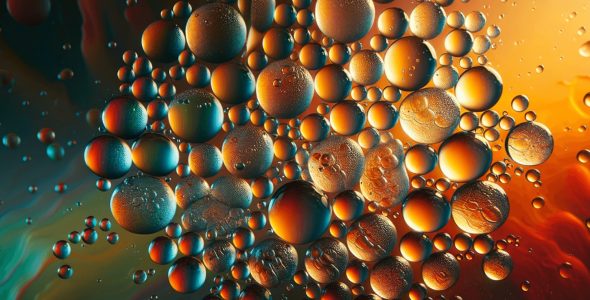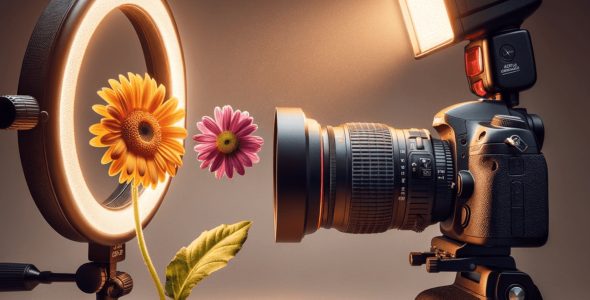Introduction
Photographing waterfalls and rivers can be an enriching experience, as these natural wonders offer stunning visuals and dynamic movement. However, capturing the perfect shot requires a solid understanding of the proper techniques to showcase the beauty of flowing water. Whether you’re trying to freeze the motion of a waterfall or create a soft, silky effect with a river, here are some of the best photography techniques to help you capture breathtaking water shots.
- Use a Slow Shutter Speed for Smooth Water Effects
One of the most popular techniques for photographing waterfalls and rivers is using a slow shutter speed. This allows you to capture the movement of the water in a smooth, silky way. To achieve this effect, use a shutter speed of around 1/4 to 2 seconds, depending on the water’s flow. The slower the shutter speed, the smoother the water will appear, giving it that dreamy, ethereal quality. Use a tripod to avoid camera shake, and don’t forget to use a neutral density (ND) filter to prevent overexposure in bright light. - Freeze the Motion with a Fast Shutter Speed
While a slow shutter speed creates a soft effect, you may want to capture the water’s dynamic motion. For this, use a fast shutter speed (such as 1/1000 second or faster) to freeze the action and highlight the power and detail of the water’s movement. This technique works particularly well for capturing waterfalls with heavy spray or rivers with fast currents. A faster shutter speed allows you to freeze the motion of splashes and droplets, creating a more dramatic effect in your photo. - Focus on Composition and Framing
Composition is crucial when photographing waterfalls and rivers. Look for leading lines in the water or surrounding landscape to guide the viewer’s eye through the image. The rule of thirds is a helpful guideline for balancing your shot. Position the waterfall or river along one of the vertical or horizontal lines to create a sense of harmony in the image. If possible, include elements such as rocks, trees, or mountains to add depth and perspective to the scene. Experiment with wide-angle lenses to capture the grandeur of the landscape, or use telephoto lenses to zoom in on specific water details, such as droplets. - Consider the Lighting
Lighting is a key factor in capturing great water shots. Ideally, photograph waterfalls and rivers during the golden hour (the hour after sunrise or before sunset) to capture soft, warm light that enhances the scene’s natural beauty. Overcast days are also ideal for capturing water, as clouds act as natural diffusers, preventing harsh shadows and creating even lighting across the water. - Use Polarizing Filters
A polarizing filter is a must-have tool when photographing water. This filter helps reduce reflections on the water’s surface, allowing you to see through the water to capture the details below. It also helps saturate the colors, making the water appear more vibrant. A polarizer can also darken the sky, enhancing the contrast between the clouds and the water.
Conclusion
Capturing the beauty of waterfalls and rivers requires patience, technique, and the right equipment. By experimenting with shutter speeds, composition, and lighting, you can create stunning images that showcase the natural beauty of flowing water. Whether you’re freezing motion or softening the flow, these techniques will help you take your water photography to the next level.
#WaterfallPhotography #RiverPhotography #LongExposure #NaturePhotography #WaterMovement #PhotographicTechniques #PhotographyTips #LandscapePhotography #OutdoorPhotography #WaterPhotography

 My Account
My Account 


